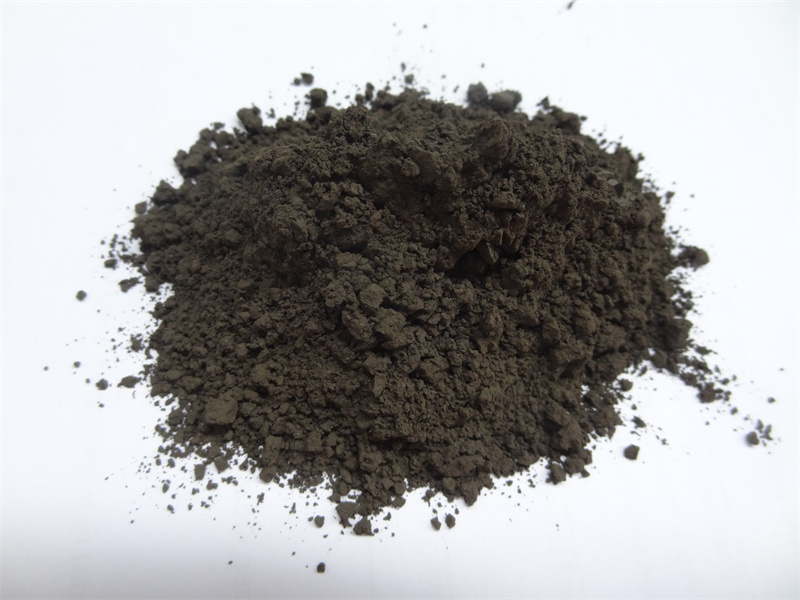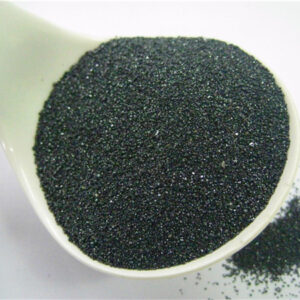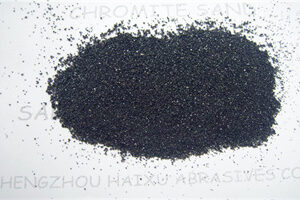The role of chrome flour in glass coloring
Chrome flour is produced from the raw material chrome sand through milling and is particularly used in the glass and ceramics industries.

Composition and coloring mechanism
Chrome flour mainly contains chromite (FeCr₂O₄) or Cr₂O₃, in which Cr³⁺ ions are the core elements of coloring.
During the high-temperature melting process, Cr³⁺ absorbs light of a specific wavelength (such as blue-violet light) and reflects green or yellow-green light, making the glass appear in the corresponding color.
The oxidation state of chromium affects the color: Cr³⁺ appears green, while Cr⁶⁺ appears yellow.
Stability and UV resistance
Chrome flour has high-temperature stability and chemical inertness, can form stable colors in glass, and is not easily faded due to ultraviolet rays or environmental changes.
Green glass (such as wine bottles and beverage bottles) can effectively block ultraviolet rays through Cr³⁺ coloring, protecting the contents (such as beer and wine) from photooxidation and deterioration.
Ⅱ. Application fields
Glass container
Mainly used for beer bottles, wine bottles, soda bottles, etc., using the UV blocking properties of green glass to extend the shelf life.
Architectural and decorative glass
Used for architectural glass such as curtain walls and windows, combining beauty and functionality (such as adjusting light transmittance)
Decorative glass (such as artworks, utensils) can achieve different shades of green by adjusting the amount of chromite powder used.
Optical glass
In optical devices such as filters, the specific spectral absorption characteristics of Cr³⁺ are used.
Ⅲ. Performance advantages
Physical performance improvement
Adding chrome flour can increase the density, hardness and mechanical strength of glass, and enhance impact resistance and durability.
Improve the fire resistance and scouring resistance of glass, suitable for high temperature or harsh environment.
Color controllability
By adjusting the amount of chrome flour added, the color tone can be changed from light green to dark green to meet diverse needs.
IV. Precautions for use
Dosage control
Excessive addition will cause the glass to be too dark or opaque, so the addition ratio needs to be precisely controlled
Environmental protection and safety
Cr⁶⁺ is toxic, and the oxidation state of chrome flour must be ensured to be safe during production to avoid environmental pollution.
V. Specifications and process adaptability
The particle size of chrome flour (such as 200 mesh, 325 mesh, 400 mesh) needs to be selected according to the glass production process to ensure uniform dispersion and color rendering effect




















